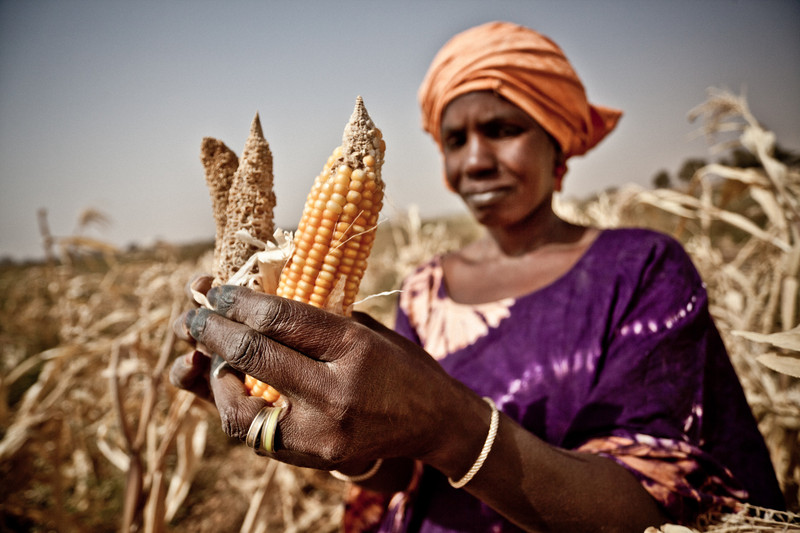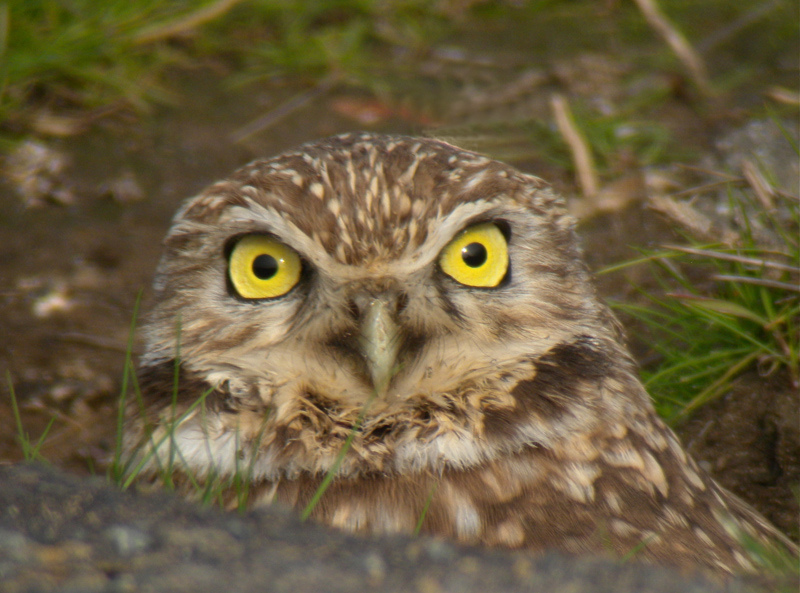
Flickr: Len BluminThis adorable burrowing owl could be killed by agricultural pesticides.
Q: How are burrowing owls like honeybees?
A: Both are being inadvertently slaughtered by massive applications of pesticides.
OK, so that wasn’t a funny joke, although it might have been nuanced enough to land me a job at The Onion. And truth be told, it wasn’t actually a joke.
A study published in the online journal PLOS ONE finds that the use of pesticides is the leading cause of a decline in grassland bird species in North America. From the Twin Cities Pioneer Press outdoors blog:
The loss of habitat is real in the corn belt, as are its potential effects on a host of grassland bird species, some hunted, some not.
But a new study concludes that declines of such birds, from the ring-necked pheasant to the horned lark, are more the result of pesticide use than any other factor, including habitat decline.
While the deadly links between pesticide use and bees have been widely reported in recent years, leading some European countries to suspend the use of certain products, less attention has been paid to the devastating effects of the poisons on bird populations. Species of owls, sparrows, and meadowlarks are on the long list of American farm-dwelling birds that are disappearing in part because they’re sucking down any of more than 100 types of pesticides. The pesticides also take a toll by killing the insects that the birds would eat.
The study “reminds us that the poisonings of birds and other wildlife chronicled a half century ago by famed biologist and author Rachel Carson are by no means a thing of the past,” Cynthia Palmer of the American Bird Conservancy said in a statement.



